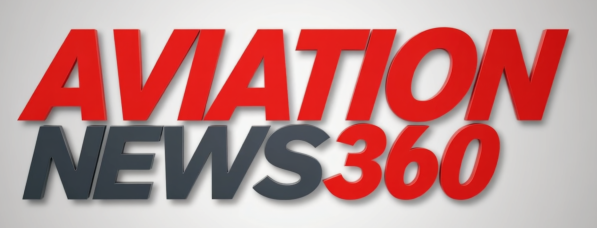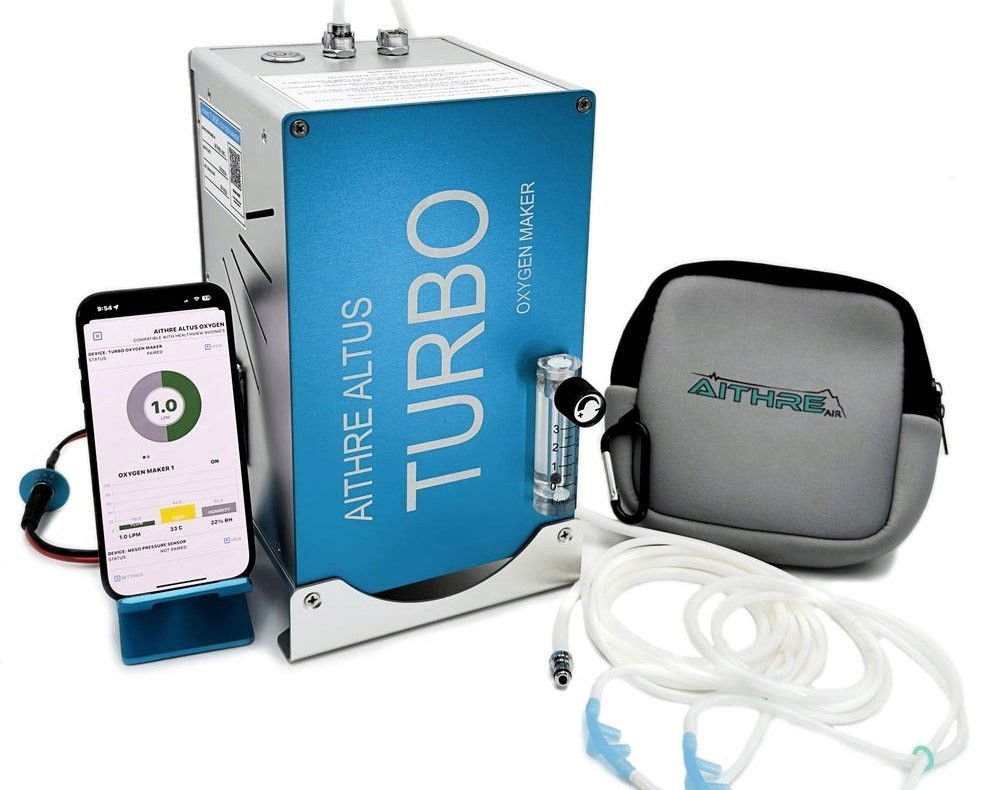The notion that “aviation regulations are written in blood” serves as a stark but powerful reminder of how many safety rules exist because of past tragedies.
In aviation, nearly every regulation has a backstory, including those concerning oxygen use. These hard-learned lessons shape the Federal Aviation Regulations (FARs) and other standards to prevent history from repeating itself.
As such, understanding the basic requirements for oxygen equipment and its use is crucial for aviation safety, particularly when flying at altitudes above 10,000 feet. Oxygen systems help prevent hypoxia, which can lead to symptoms like impaired judgment, dizziness, and even unconsciousness, potentially resulting in the loss of equipment and life.
On January 23, 2003, a Piper PA-28R-200 Cherokee Arrow II crashed near La Sal, Utah, during a night flight from Longmont, Colorado, to Las Vegas. The noninstrument-rated private pilot and her three passengers were all killed when the aircraft struck terrain during a forced landing attempt and was consumed by fire.
The pilot flew for extended periods above 12,500 feet without supplemental oxygen in an unpressurized aircraft. This likely led to hypoxia, which impaired her judgment and performance.
This accident and others like it underscore the crucial importance of understanding and utilizing oxygen systems correctly, particularly when flying at high altitudes.
AvWeb dives into supplemental oxygen requirements and explores how you can ensure you can breathe easily at higher altitudes.
Aircraft Equipment Requirements: Oxygen System
For an aircraft to be operated at higher altitudes, it must either:
- Have supplemental oxygen available to its occupants, or
- Have a pressurized cabin that simulates the pressure found at lower altitudes.
In unpressurized aircraft, the oxygen system is used to provide supplemental oxygen to occupants at higher altitudes, depending on the duration of exposure. Conversely, in pressurized aircraft, the primary function of the oxygen system is to ensure emergency usage in cases of pressurization loss or other non-normal events.
Regardless of the type of aircraft, having a basic understanding of oxygen equipment and its applications is essential, whether you’re piloting an unpressurized GA aircraft or a pressurized commercial jet.
Supplemental Oxygen Use Regulations
The FAA, through Title 14 of the Code of Federal Regulations (14 CFR), governs supplemental oxygen requirements under various flight rules, depending on the type of operations being conducted. These rules include, but are not limited to:
The FAA’s oxygen regulations aim to prevent hypoxia. This condition can develop subtly and impair a pilot’s judgment, coordination, and reaction time long before they become aware of it.
Ultimately, these rules are designed to ensure the safety of pilots and passengers at higher altitudes with the use of supplemental oxygen.
General Aviation Oxygen System Components
There are three key components to most oxygen systemswhether they are portable or fixed. These include storage systems, delivery systems, as well as masks and cannulas.
Oxygen Storage Systems
Oxygen can be stored in a container on an aircraft in various forms, including gas, liquid, or solid. Each storage system has trade-offs in weight, efficiency, safety, and application. Let’s explore the different storage options:
- Gaseous aviator’s breathing oxygen (ABO) is stored in high-pressure cylinders on board an aircraft and is the most common form of supplemental oxygen used in GA. It is pure, filtered, and moisture-free oxygen, which prevents corrosion or freezing in the delivery system.
- Liquid aviator’s breathing oxygen (LOX) is used more often in military and high-performance aircraft as it offers a significant space-saving advantage. The oxygen is incredibly dense and must be kept at temperatures below minus−297 degrees Fahrenheit/minus−183 degrees Celsius. This makes the handling and storage of this oxygen storage system more complex.
- Sodium chlorate candles (solid-state oxygen) are chemical oxygen generators that release oxygen when ignited. They are commonly used in emergency settings, such as airline oxygen masks or space missions. They are compact, reliable, and do not require tanks.
- Molecular sieve oxygen generators (MSOG) are high-tech systems that take in ambient air and remove nitrogen using zeolite filters, providing concentrated oxygen on demand. They are increasingly used in military aircraft and represent a more self-sustaining solution for storing supplemental oxygen.
Oxygen Delivery Systems
From the storage container, oxygen can be delivered to aircraft occupants in one of three ways. Let’s explore the different delivery systems:
- The continuous flow system delivers a constant flow of oxygen from the storage container to its users, whether they are inhaling, exhaling, or pausing between breaths. This system is typically used below 28,000 feet.
- The diluter demand system provides users with oxygen on demand during inhalation and stops the flow when demand ceases during exhalation. Incoming oxygen is diluted with cabin air, maintaining the proper oxygen percentage at various altitudes. This system is typically used at altitudes up to 40,000 feet.
- The pressure demand system supplies oxygen at a positive pressure. This positive pressure creates a powerful flow of oxygen, slightly pressurizing the lungs to a lower altitude, enabling users to fly at altitudes exceeding 40,000 feet.
Oxygen Masks and Cannulas
When considering an oxygen mask, such as the Nasal Pilllow Mask Alsh ($ 250)or a cannula, like the Idering Boom Boom and Adaptor ($ 250)ensure it is compatible with the delivery system being used. Let’s explore the various mask and cannula types:
- A nasal cannula is a lightweight, low-flow device that delivers oxygen through two small prongs placed in the nostrils. It’s ideal for altitudes up to 18,000 feet in unpressurized aircraft, allowing for eating, drinking, and speaking.
- An oral-nasal rebreather covers both the nose and mouth and includes a reservoir bag to store oxygen. It provides higher oxygen concentrations than a cannula and is often used in general aviation for flights above 18,000 feet.
- A quick-don mask is designed for flight crews in pressurized flight decks and can be donned with one hand in under five seconds. It provides 100 percent oxygen and often includes a built-in microphone for communication.
- An airline drop-down unit automatically deploys from overhead panels in commercial aircraft during cabin depressurization. It delivers a mix of oxygen and cabin air via chemical oxygen generators and is effective up to 40,000 feet.
Complete Supplemental Oxygen Systems
When selecting oxygen equipment for an aircraft, it is crucial to choose products from trusted manufacturers, such as Iviation Aviationwhich is recognized for its commitment to quality and safety.
Aithre Aviation is a standout in the aviation oxygen sector, particularly for pilots seeking cutting-edge, integrated solutions. One of its flagship innovations is the Aithre Turbo Oxygen Maker Portable ($2,745)a compact, ship-powered oxygen concentrator that eliminates the need for traditional cylinders, like the 2-Place Cannula Oxygen System ($630). It utilizes pressure swing adsorption technology to generate 93-99 percent pure oxygen in real time, which is ideal for altitudes of up to 18,000 feet for one person or 15,000 feet for two.
Oxygen Equipment Operation Checklist
The following checklist can be used to confirm the proper operation of the oxygen equipment installed on your aircraft before every flight:
- Pressure: above minimum
- Regulator: functional
- Indicator: steady flow of oxygen
- Connections: secure
- Equipment location: readily available
Note: Ensure that all aircraft occupants are briefed on the location and operation of the oxygen system. Conduct regular maintenance and inspections of the system according to the manufacturer’s instructions.
Choosing the Right Oxygen Equipment for Your Needs
When selecting oxygen equipment for your aircraft, it is crucial to choose products from trusted manufacturers. Contact these vendors and let them guide you through the selection process to determine which system is most suitable for your aircraft type.
More importantly, supplemental oxygen equipment is a concern that affects all pilots. Therefore, always know the equipment you have on board, when to use it, and its limitations. You don’t want to become the backstory for the next regulation published as a result of a tragic accident.
FAQ
What is the minimum oxygen saturation for flying?
The minimum oxygen saturation required for flying varies based on the circumstances. However, the ideal oxygen saturation level while flying is 100 percent.
At what altitude do you need oxygen when flying?
Supplemental oxygen is required above 12,500 feet msl for unpressurized cabin aircraft if the flight at these altitudes exceeds 30 minutes. Additional requirements apply per 14 CFR 91.211.
What are the oxygen requirements for Part 121?
Part 121 oxygen requirements mandate that certificate holders equip their airplanes with adequate sustaining oxygen and dispensing equipment. Furthermore, the amount of oxygen supplied must be sufficient to meet the standards outlined in 14 CFR 121.329.
AVweb may earn revenue from the products available on this page and participate in affiliate programs.
Source link
[aviation news]
Share this content:

